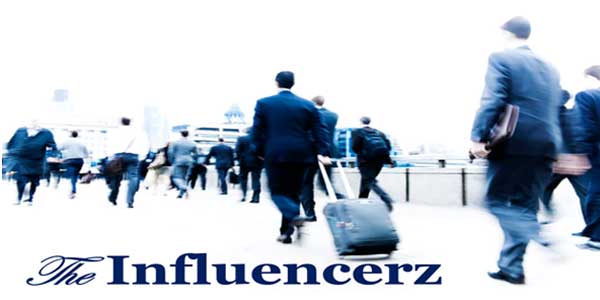Prescription Drug Abuse: The Hidden Epidemic
Understanding the Scope of Prescription Drug Abuse
Prescription drug abuse is a growing but often overlooked public health crisis. Unlike illicit drugs, prescription medications come with an air of legitimacy, making their misuse harder to detect and easier to justify. Medications like opioids (for pain), benzodiazepines (for anxiety), and stimulants (for ADHD) are frequently misused due to their potent effects. While these drugs are lifesaving when used correctly, their misuse can lead to addiction, severe health complications, and even death.
What makes prescription drug abuse even more dangerous is its subtle onset. A person may start using medication under a doctor’s supervision but gradually develop a tolerance, leading to increased dosage without medical consent. Over time, this habit can spiral into dependence or full-blown addiction.
Why People Turn to Prescription Drugs
There are several factors that lead individuals down the path of prescription drug abuse. Some seek relief from physical pain or mental health conditions. Others use these substances to cope with stress, emotional trauma, or insomnia. A common myth is that prescription medications are safer than illegal drugs, simply because they’re prescribed by healthcare professionals. However, the effects of misuse are just as destructive.
Teenagers and young adults are particularly vulnerable, often abusing prescription stimulants to enhance academic performance or experimenting with opioids at social gatherings. The elderly are another at-risk group, given their frequent interactions with the healthcare system and higher likelihood of being prescribed medications.
Signs and Symptoms of Abuse
Recognizing the signs of prescription drug abuse can be challenging, especially when the user is taking medication legally. However, there are red flags to watch for:
- Taking higher doses than prescribed
- Visiting multiple doctors to obtain more prescriptions
- Sudden mood swings or changes in behavior
- Poor decision-making or risky behaviors
- Sleep disturbances or unusual drowsiness
- Withdrawing from social interactions
When these symptoms become apparent, seeking help from a nasha mukti kendra in Noida or a certified de-addiction facility is crucial. Early intervention can significantly improve the chances of recovery.
The Dangers of Prescription Drug Addiction
Abusing prescription drugs carries several health risks. Opioid misuse can lead to respiratory depression, coma, and death. Long-term use of benzodiazepines may result in memory problems, anxiety, and dependence. Stimulant abuse can cause cardiovascular issues, paranoia, and extreme aggression.
Beyond physical effects, prescription drug addiction can destroy relationships, careers, and mental stability. Financial hardship, legal troubles, and social isolation are common consequences. Families often suffer emotionally, not knowing how to help their loved one break free from this hidden epidemic.
Treatment and Recovery Options
Recovery from prescription drug addiction is entirely possible, but it requires professional help and family support. A comprehensive approach usually includes medical detox, behavioral therapy, and long-term rehabilitation. Facilities like a nasha mukti kendra in Noida offer structured programs that address both the physical and psychological aspects of addiction.
Medical detox helps to safely manage withdrawal symptoms under the supervision of healthcare providers. This is often followed by therapy sessions, group counseling, and educational workshops aimed at preventing relapse and building coping skills. Cognitive Behavioral Therapy (CBT), in particular, has shown significant success in helping individuals understand their triggers and change negative thought patterns.
The Role of Community and Family Support
Family and community play a vital role in the recovery process. Loved ones should educate themselves about addiction, avoid blame, and offer non-judgmental support. Encouraging the individual to stay committed to their treatment plan and accompanying them to therapy sessions can make a significant difference.
Involving community resources such as support groups, local health campaigns, and nasha mukti kendra in Noida initiatives can enhance the recovery journey. These platforms not only offer emotional support but also reduce the stigma surrounding addiction, creating a more accepting environment for healing.
Prevention Is Better Than Cure
The best way to combat prescription drug abuse is through prevention. This includes educating the public about the dangers of misusing medications, implementing prescription drug monitoring programs, and encouraging doctors to explore alternative treatments before prescribing addictive drugs. Schools and colleges must incorporate drug awareness programs to reach young people early.
Proper disposal of unused medications and regular follow-ups with healthcare providers can also help prevent misuse. Parents should have open conversations with their children about the risks involved and set clear boundaries regarding drug use.
Conclusion
Prescription drug abuse is a silent yet destructive epidemic affecting individuals from all walks of life. While its onset can be subtle, the consequences are anything but. Timely intervention, community awareness, and professional help from facilities like a nasha mukti kendra in Noida are critical in breaking the cycle of addiction. With compassion, education, and support, recovery is not only possible—it’s probable.

